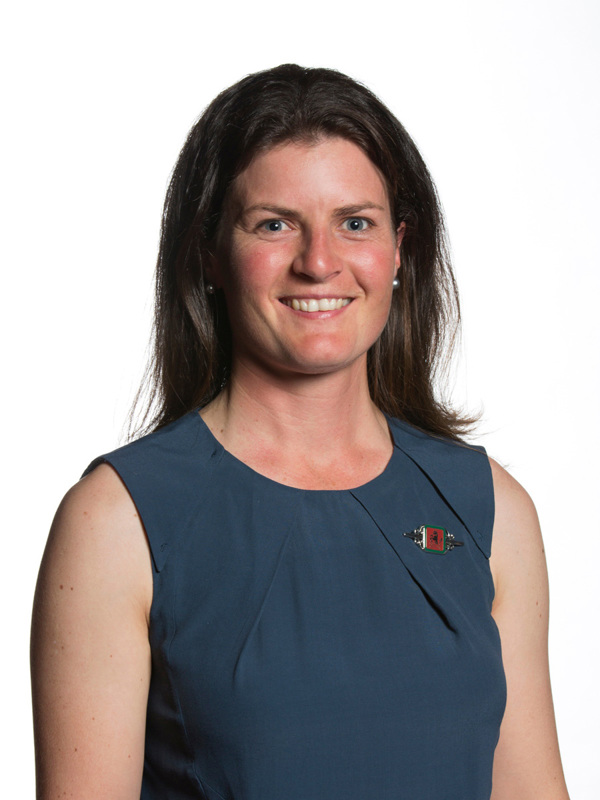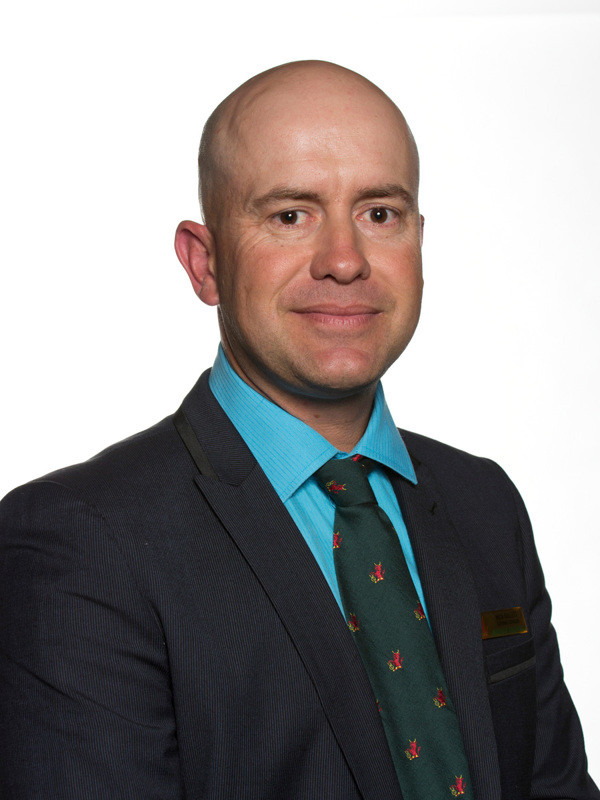
Ben Boughton

Drones have potential for grain
Grain grower and Nuffield scholar Ben Boughton has had a lifelong passion for technology and agriculture, so when Unmanned Aerial Vehicles (UAVs), or drones, started being used for agriculture he learned how to build his own! While looking for the next big leap to boost production, the idea of using a UAV’s capacity to boost data capture on farm certainly stood out.
Mr Boughton’s 2014 Nuffield Scholarship sponsored by the Grains Research Development Corporation (GRDC) allowed him to investigate the potential of Unmanned Aerial Vehicles (UAV’s) in the grains industry. His recently released report outlines the findings from his two year scholarship, which included travel to South Africa, Kenya, Russia, Czech Republic, Poland, Germany, Canada and USA to investigate how UAV’s and how they might be used in the Australian grains industry.
“I felt restricted by existing data collection methods for precision agriculture, and dreamt of being able to collect data at unprecedented temporal, spatial and spectral resolutions for a reasonable price with full ownership and control,” he said.
“There is much value for the grains industry in accessing precise data for better paddock management, but at the moment collecting this data is expensive, time consuming and often confusing. Considering how tight margins in the grain industry can be, and the need to bump up productivity to meet global food demand, I do feel the UAV is a technology than can and inevitably will add value to our industry. There’s still some way to go, though. As a burgeoning industry it is missing a lot of foundation R&D, can be quite costly, and not all of those products currently in the market place are created equal.”
Mr Boughton spent the majority of his research time in North America, expecting to be visiting universities but instead discovering a number of start-up companies and even farmers pushing forward further development of UAVs.
“A UAV itself is not as technologically advanced as it sounds – it’s just a vehicle. It’s the sensor that really needs to be excellent and advanced, and this area is certainly under heavy development by several start-up companies I got to visit,” he said.
“Eventually this technology could be fantastic for our grains industry, through its use in applications such as weed and disease monitoring, water movement and vegetation mapping, facilitating variable rate fertiliser application and yield forecasting. Further research is definitely needed into what data we can collect, how we can use it, and how we can improve spatial accuracy, as well as improving the workflow between manufacturer, remote sensing specialist, agronomist and farmer.”
Investor Information:
Grains Research & Development Corporation (GRDC)



















